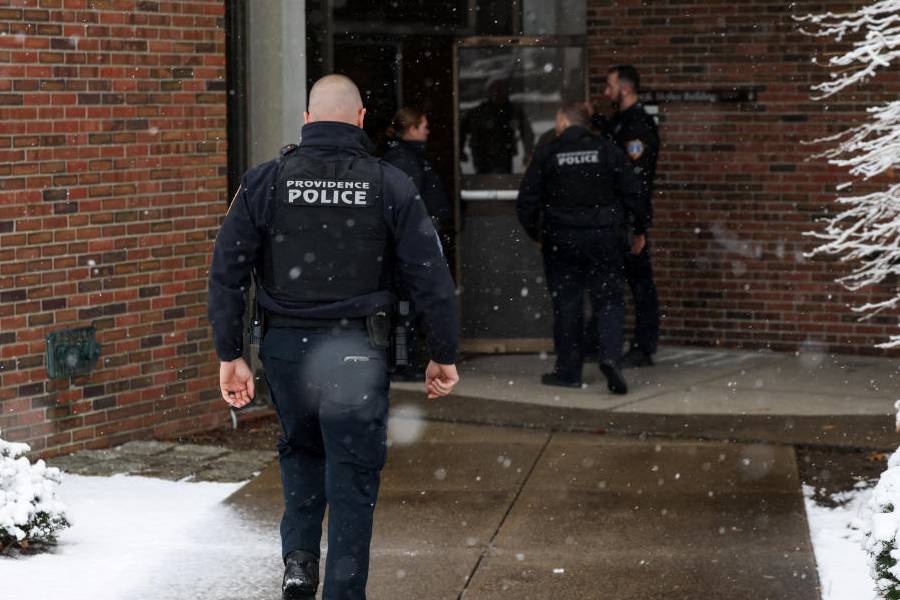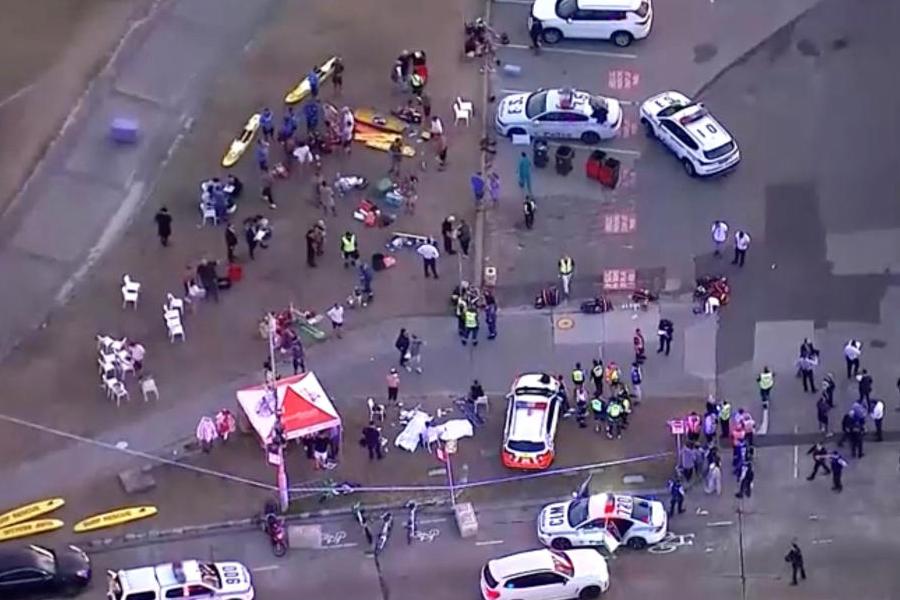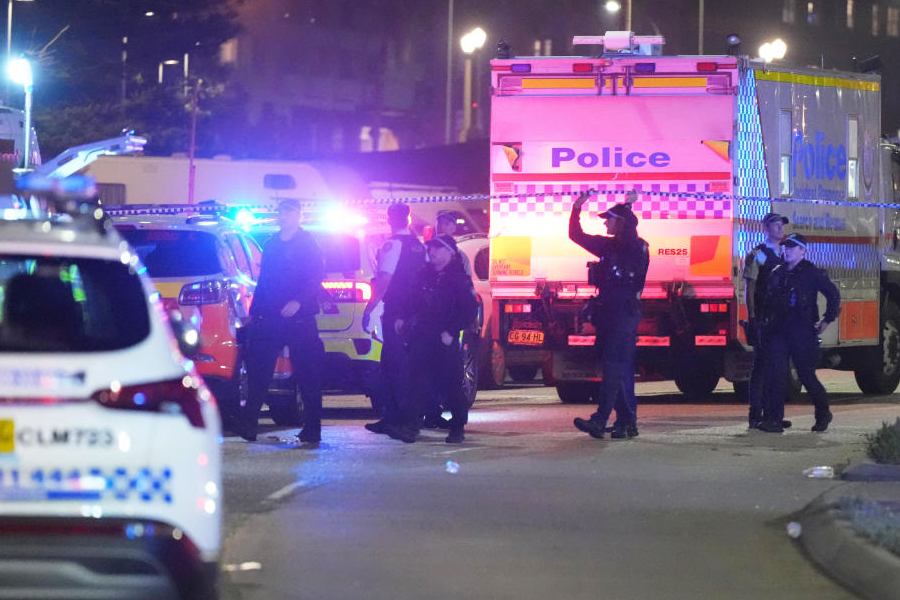 |
 |
| Shekhar with some street children at New Delhi railway station and (below) an artisan in Paharganj’s pottery market |
Dark, dank alleys winding round the New Delhi railway station. Chaos everywhere as cars, cycle rickshaws, handcarts and buses aim for the same lane all at once. An 80-year-old sweet shop; knick-knacks lining the pavements. Kolhapuri chappals, junk jewellery and gaudy lingerie being sold surreptitiously to burqa-clad customers.
And suddenly, one stumbles on mounds of wet clay near arrays of hundreds of earthen lamps, little pots and pans, ready for firing in a smoking kiln.
It is, the little tour guide says, one of the oldest pottery markets in Delhi.
For the next two hours, a new face of Delhi unfurls through the maze of lanes like a kaleidoscope of unfamiliar images. These are sights and sounds alien even to those born and brought up here.
To get to them, you need a group of unlikely tour guides. They alone can unravel the hidden stories of the strange streets. For, before they acquired their fancy mobile phones and even fancier, vaguely American-sounding accents, they were children of these very streets.
Shekhar Saini is one of the leaders of the pack. He and Javed are the two veterans in the art of taking tourists through the underbelly of Delhi. The tour they conduct is officially called The City Walk, the brainchild of a couple of researchers in the Indian National Trust for Art and Cultural Heritage (Intach). It involves taking tourists around neglected monuments and living heritage, such as the pottery market, in and around Paharganj in old Delhi.
Shekhar and Javed have trained four other children sheltered by the Salaam Baalak Trust to be tour guides. The money they earn, close to about Rs 40,000 a month, is used by the trust in the shelters, homes and hospitals for street children in and around New Delhi railway station.
Both the senior tour guides want their mobile phone numbers publicised (Shekhar’s is 9873130383 and Javed’s 9810975284). “That way we get more clients.”
They like to start from where life begins and ends for about 500 street children in Delhi — the New Delhi railway station.
A corner on each platform just under the staircase serves as sleeping quarters for most of the kids. For one thing, it offers protection against extreme cold or rain. But the main reason is that the children want to escape the railway police: the place is too narrow for the policemen to sneak in and pull them out.
It’s not just the beating that the kids fear. Sexual abuse by the police is common.
The police are not the only ones, Shekhar explains as he takes you around the grimy platforms. The new arrivals on the trains are picked up either by the pimps who sell them off in the nearby GB Road, the city’s red-light district, or the “gang leaders”.
Each platform in the station is roughly the charted territory of a “gang leader”, an older kid who has mastered picking pockets, garbage collection and all the other arts one needs to learn to survive on the streets.
The gang leaders lord it over the new arrivals, forcing them to share the money they earn and abusing them sexually. The girls don’t survive the streets for very long. They are not only forced to have sex with the gang leaders but also the other boys in the pack. They mostly end up in the nearby red-light district.
A water tank by the station is our next stop. This is where the gang leaders spend their nights. From the platforms to the tank, the journey is fascinating. You walk through rows of shops; you get a glimpse of the chemists who sell over-the-counter drugs that the children use as intoxicants. Despite everything, the kids are living a dream.
“We live the way we want to, watch films and there is no one to tell you what to do. All we want to do is become gang leaders,” says Shekhar.
But the water tank is where the dream finally gets shattered. The drugs, regular sexual abuse and the routine violence of street life begin to take their toll. And all hopes of a bright future seem to end in one of the dark lanes.
“Most kids are into drugs. I have done it, too. The dependence increases as you grow older, because you realise there is nothing to look forward to. Some kids start pulling rickshaws because being a gang leader is very hard business. You can get beaten up by the others — there is so much uncertainty,” says Shekhar.
Some are fortunate to be spotted by the aid agencies and NGOs. Shekhar, Javed, Pawan and some of their friends found a home and education in the Salaam Baalak Trust and now look forward to becoming radio jockeys, traders or even film stars.
We cross the road and walk into a silent alley, incongruous with the chaos that dominates next door.
A girl empties out a bucketful of soap water into the drain. She leads you into a dark passageway and, suddenly, you enter a bright, sunny courtyard. This, Shekhar explains, is one of the oldest houses in Delhi.
Intricately carved arched pillars punctuate the passageway surrounding the courtyard. The Intach literature describes the three-storey mansion as a 200-year-old haveli.
Right next to the haveli is a video game parlour where several street children come to spend their Saturdays. Shekhar points at the old cinema he and his friends patronise.
“You know, Saturday is a very special day because all the new films release on Friday. Sometimes, the kids watch four shows in a row on Saturdays,” says Shekhar.
We are nearing the end of our journey. In two hours, one has encountered some of the most brutal aspects of life in the capital, and some painstakingly preserved heritage. Together with the insights Shekhar offers, the City Walk is almost certain to haunt the memory for a long time.











